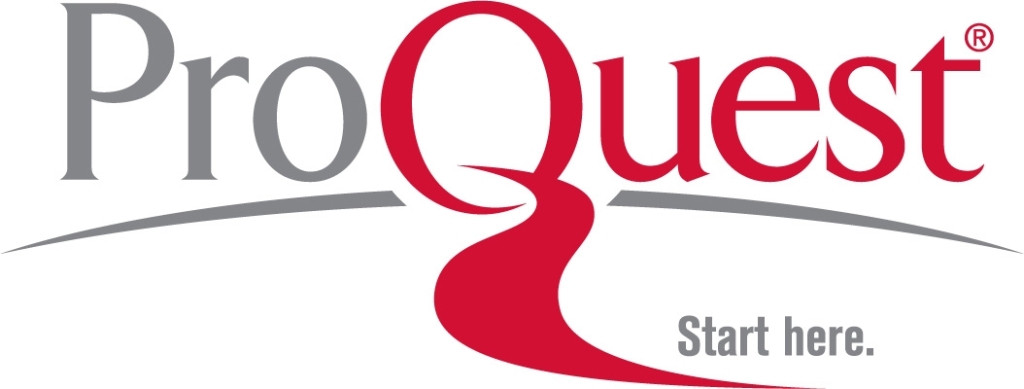ÖZ
Bu araştırmanın amacı, 2009-2014 yılları arasında Eğitim Programları ve Öğretim alanında yapılan doktora tezlerini çeşitli açılardan incelemektir. Ulaşılan 165 doktora tezinden, 44’ünün içeriğine erişim izni olmadığı için toplamda 121 doktora tezi araştırmaya dâhil edilmiştir. Bu araştırmada doküman incelemesi yoluyla doktora tezleri üniversite, yıl, araştırma konusu, yöntem, desen, örneklem türü, örneklem büyüklüğü, veri toplama araçları, veri analiz teknikleri vb. değişkenler açısından incelenmiştir. Araştırma verilerinin sunulmasında SPSS-18 programı kullanılarak frekans, yüzde gibi betimsel istatistiklerden yararlanılmıştır. Araştırmanın sonucunda, 2009-2014 yılları arasında Eğitim Programları ve Öğretim alanında yapılan doktora tezlerinde en çok; öğretme-öğrenme yaklaşımları/modelleri/yöntem ve teknikleri, örgün eğitim programlarının değerlendirilmesi, öğretme-öğrenme stratejileri/stilleri ve öğretimi, öğretmen eğitimi programlarının değerlendirilmesi ve öğretmen yetiştirme uygulamaları gibi konuların çalışıldığı ortaya çıkmıştır. İncelenen tezlerde, program değerlendirme çalışmalarının daha çok öğretmen, öğrenci, öğretim elemanları vb. kişilerin görüşleri alınarak yapılan betimsel çalışmalar olduğu belirlenmiştir. Ayrıca, doktora tezlerinin çoğunda tarama deseninin tercih edildiği, en çok karma yöntemin kullanıldığı, daha çok öğretmen ve lisans öğrencileriyle tez çalışmalarının yürütüldüğü, en çok kullanılan veri toplama araçlarının ise ölçek ve görüşme formu olduğu ortaya çıkmıştır. Eğitim Programları ve Öğretim alanının mevcut durumu değerlendirildiğinde, doktora tezlerinin alanın teorisine katkı sağlayacak biçimde olması gerektiği öneri olarak verilebilir.
ANAHTAR KELİMELER
Eğitim programları ve öğretim, İçerik analizi, Doktora tezleri
DOI: http://dx.doi.org/10.15390/EB.2015.4784







